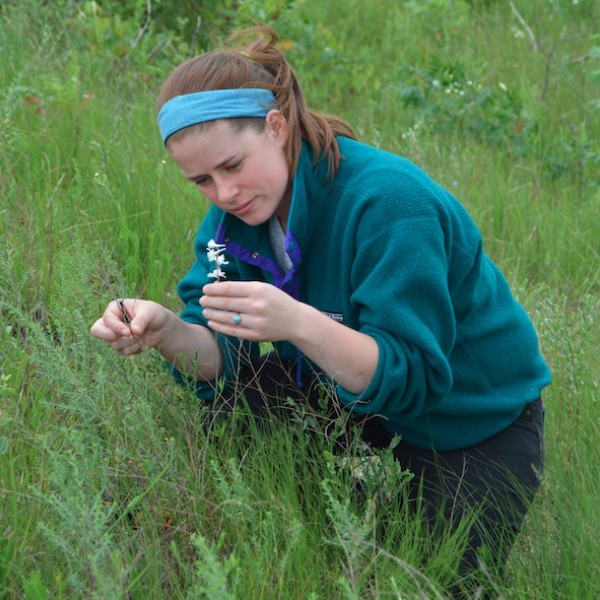Impacts of Climate Change on Germination of Native Species. 2014
Chicago Botanic Garden (primary), Minnesota Landscape Arboretum, Missouri Botanical Garden and surrounding areas. Some out of state travel required, transportation will be provided.
Ecology, GIS, Reproductive Biology
Investigating Plant Regeneration Responses along an Environmental Gradient: This project aims to examine variation in tolerance range for dormancy break, germination of seeds, and establishment of seedlings, in order to compare contemporary and future regeneration within the context of climate change. Currently, very little is known about how altered environmental cues will impact plant regeneration, future species distributions, and extinction likelihoods. Recruitment from seeds is predicted to be the most at-risk stage for plants in a changing climate, and accordingly, represents a potential bottleneck for populations. To fill these current gaps in understanding, this project will combine field and lab methods to test regeneration from seed and identify tolerance ranges and optima for key environmental characteristics (temperature and moisture). Wide regeneration tolerance ranges will temporarily buffer species against extinction as a result of rapid climate change, while variation in regeneration tolerance ranges among and within populations may serve as an important genetic resource for species to adapt with changing climate. A rich suite of native, herbaceous plant species has been selected for this project. Study species vary in range size and dispersal mechanism, two key considerations when studying intraspecific trait variation. Using a latitudinal transect through the Midwestern United States as a surrogate for predicted future climatic conditions, this project will assess regeneration from seed in the field and examine differences in regeneration between geographically disparate populations of the same species. Common gardens will be established at three locations along a latitudinal transect: Chicago Botanic Garden, Minnesota Landscape Arboretum, and Missouri Botanical Garden. Lab work during summer 2013 will consist of seed germination screenings on a thermo-gradient table to establish population tolerance ranges and optimums. Field work will involve traveling throughout Illinois and out of state to Minnesota and Missouri in order to scout population for seed collecting, as well as mapping of population locations and geospatial analyses. Results from the field and lab portions of this project will be incorporated into species distribution models in order to improve predictive capacity for species responses to climate change. The REU student will gain experience with plant ID, laboratory seed germination techniques, collecting and analyzing germination data, GIS data collection, ArcGIS and species distribution modeling (SDM) software, as well as design of common garden experiments.


